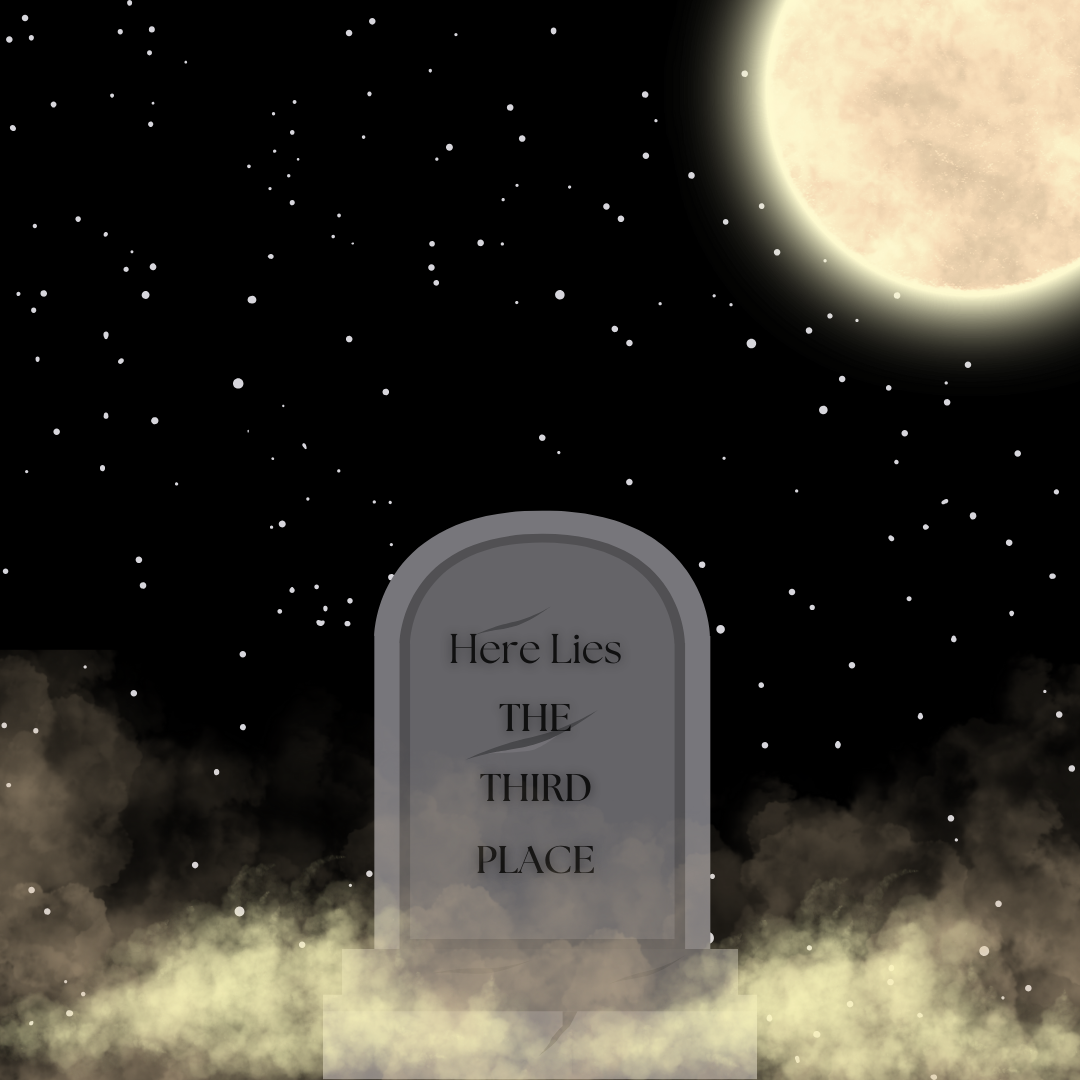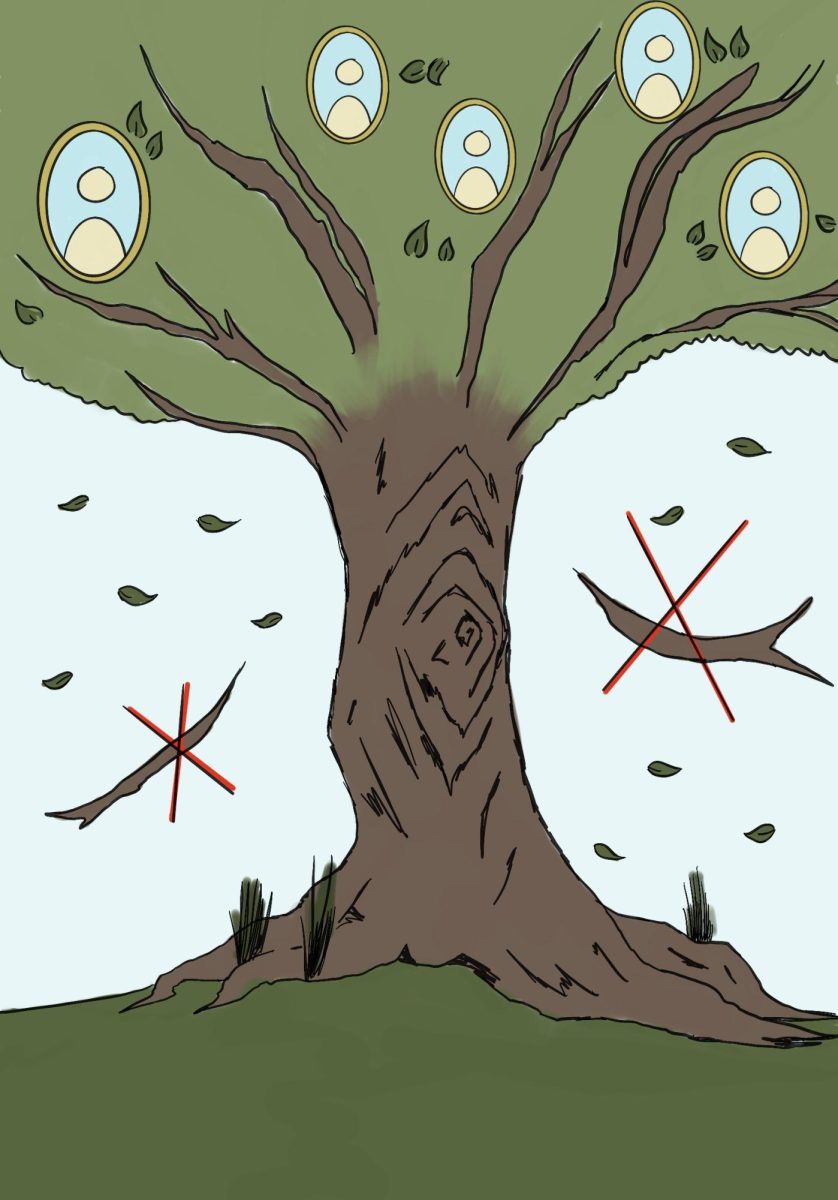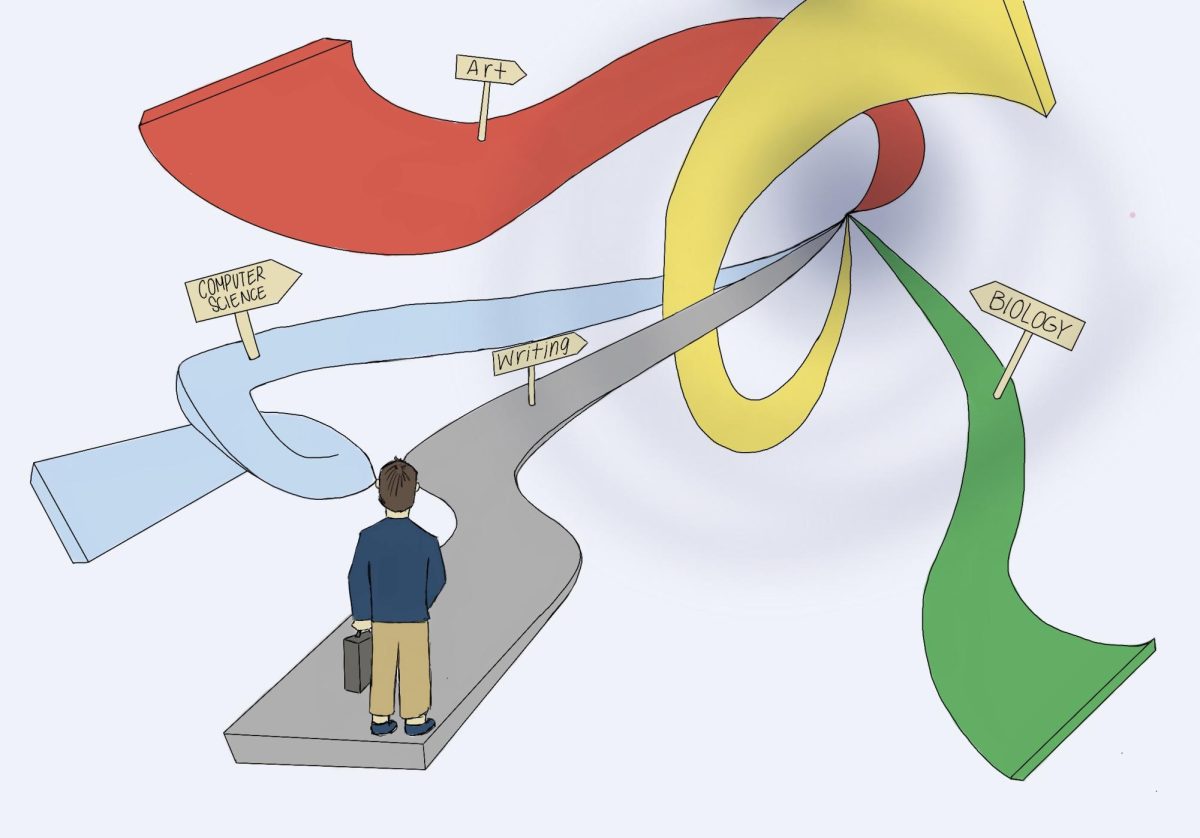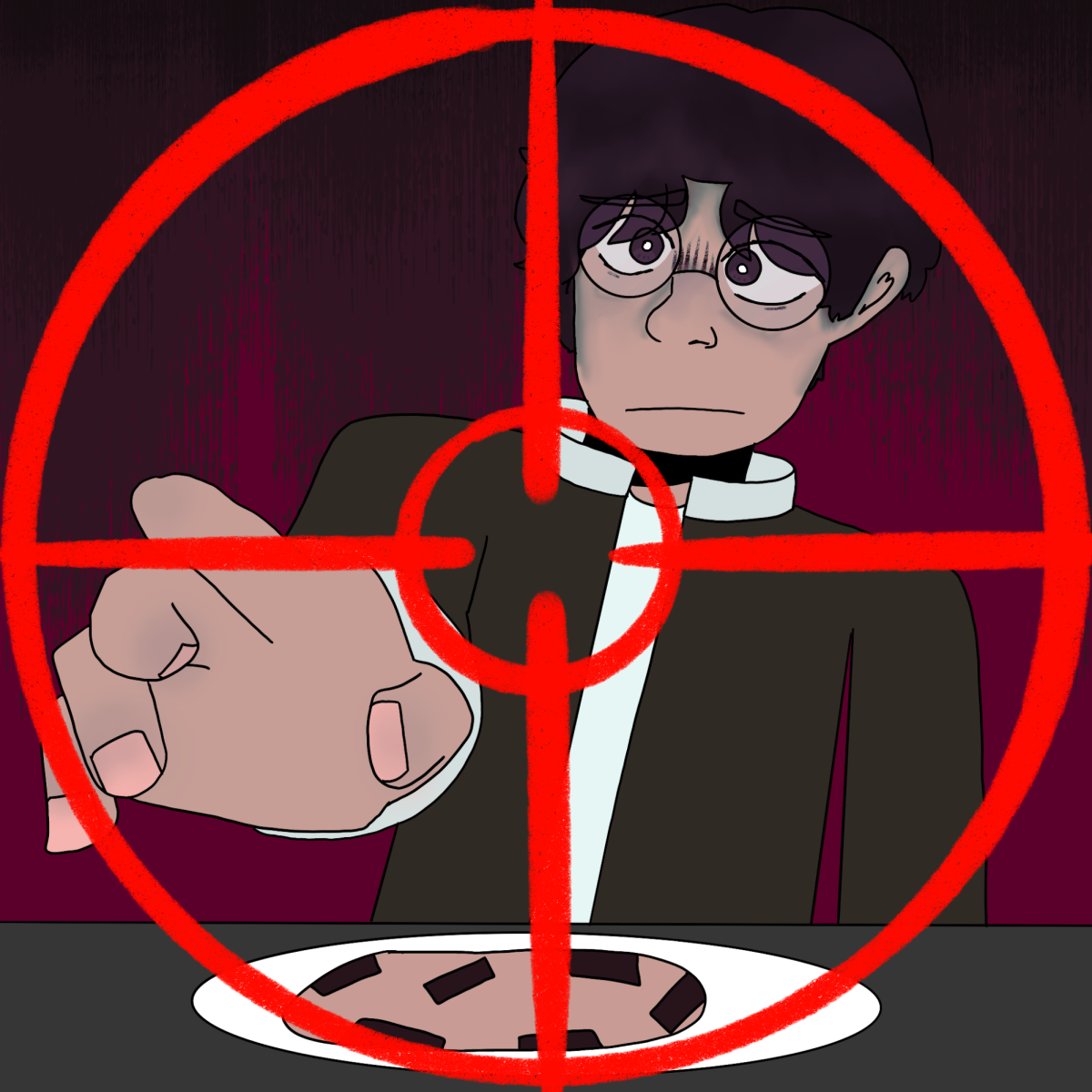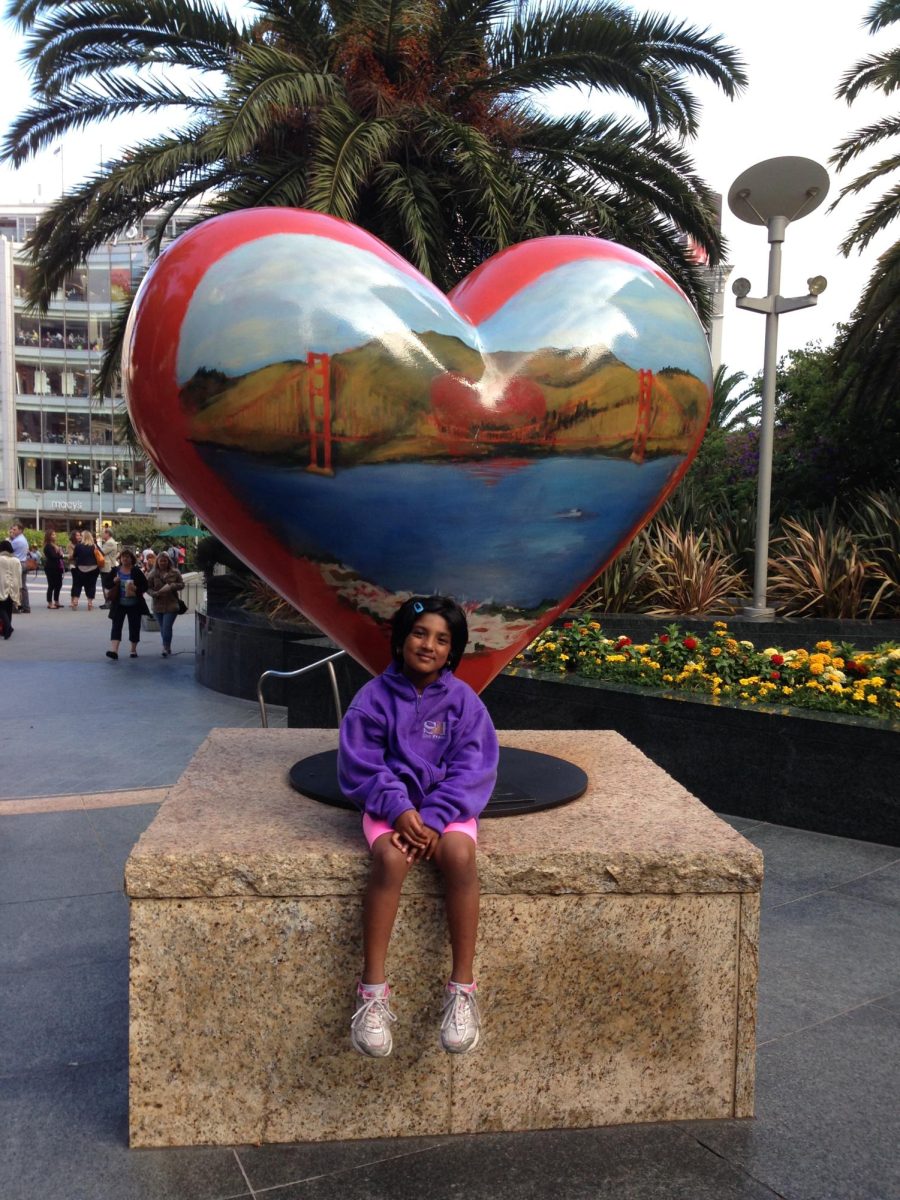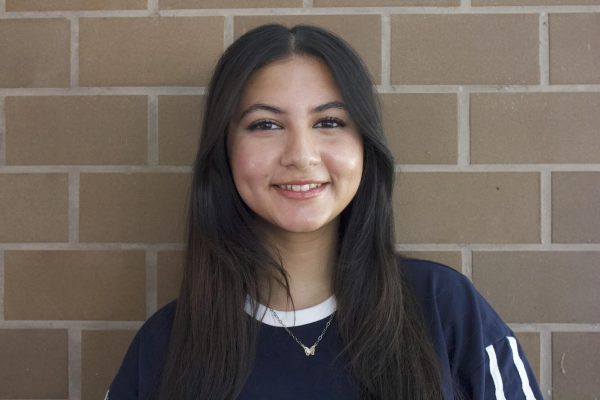Planks of wood carefully laid across the branches of a tree, pictures pinned up on all four walls, a hanging ladder as a gateway between a stressful day and a haven – a treehouse. It seems simple, even childish perhaps. Yet there’s a magical aspect to it – something that fills us with nostalgia and longing. We tend to romanticize these kinds of places whether it be a childhood treehouse, a cozy diner, or even just a park bench. In movies and TV shows, we are introduced to this concept repeatedly with a group of friends reuniting or spending time together just for the sake of enjoying each other’s company. And when we see these, we can’t help but feel a yearning for these simple, yet timeless places.
But now, treehouses, diners, and parks have been replaced by a world of phones, social media, and pixels. The concept of a person’s “third place” – a place to connect with others and relax – has died in the modern age as a hyper-digitized age takes over. Where people once previously sought out time with friends, these physical places to just coexist and make memories are dwindling by the years. From the development of technology to the Zoom meetings during the COVID pandemic, our social lives have been changed drastically. The death of third places is a testament to our failure to function without our screens and it begs us to reevaluate our social interactions.
American sociologist Ray Oldenburg developed a theory in which one’s first place is the home they reside in; the second place is work or school; and the third place is a different spot to build community and be with others. These three comprise where a person should spend their time. In recent days, however, people split their time between the first two, disregarding the third place altogether — something people fail to understand because they feel as though they are still talking to their friends and hanging out. But hanging out doesn’t equate to building genuine face-to-face connections that are essential.
School, as outlined by Oldenburg, is a second place rather than a third. While we are given the opportunities to interact and connect with peers, school is still a place of learning, with tasks to do and tests to take. These are the pressures that limit the freedom of our social interactions in school. Even as we are constantly surrounded by others, school lacks the laid-back feeling that is essential to a third place.
Outside of school, relationships have diminished to a set of pixels and a few hours a week of going to the gym or getting food together. Instead of having a niche place to resort to with no agenda and to simply unwind, we just go out. And while these provide some form of interconnectedness, it isn’t always consistent and not for everyone. It doesn’t give the stability or spontaneity of a third place.
Without a space to relieve oneself from academic and work pressures, teens and adults grow isolated, furthering their dependence on social media. It’s like a chain reaction – one I’ve fallen subject to numerous times. As someone who is only allowed to go out once a month, my social life has solely developed around the small screen of my phone and the clicks of my keyboard. I drown myself in social media in attempts to somehow connect with others outside of school.
We try to fill the gap with a digital social life, convincing ourselves it’s enough when it really isn’t. We ignore the fact that in reality we are severely deprived of something essential. As I scroll on TikTok, I see the trend of “I am in junior year, where is my Peter Kavinsky?” Derived from the central romance from To All the Boys I Loved Before, this trend reveals a teen’s superficial fixation on the idea of dating rather than an actual relationship, romantic or otherwise. One of the most memorable moments for me is when protagonist Lara Jean and her arch nemesis Gen rekindle their childhood friendship in a treehouse they used to spend time in before the trivialities of high school entered their lives.
Acknowledging the importance of these social circles is one thing – actually dedicating time to find and go to these places is another. The truth is we’re always going to be busy. There’s always work to do, deadlines to meet, and places to be. Emphasis on the plural places. There’s a reason we need to compartmentalize our time across our first, second, and third places. Because we are humans – social creatures that crave connection, and no one has the right to deny themselves of that.

